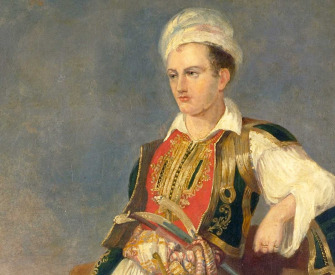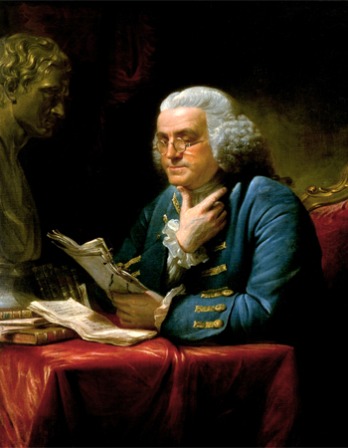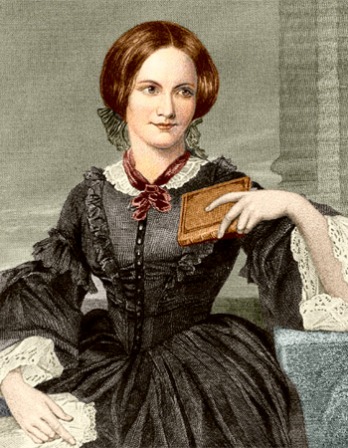In the beginning of the year 1665 I found the method of approximating series and the rule for reducing any dignity of any binomial into such a series. The same year, in May, I found the method of tangents of Gregory and Slusius, and in November had the direct method of fluxions, and the next year in January had the theory of colors, and in May following I had entrance into the inverse method of fluxions.
And the same year I began to think of gravity extending to the orb of the moon, and having found out how to estimate the force with which a globe revolving within a sphere presses the surface of the sphere, from Kepler’s rule of the periodical times of the planets being in a sesquialterate proportion of their distances from the centers of their orbs, I deduced that the forces which keep the planets in their orbs must be reciprocally as the squares of their distances from the centers about which they revolve: and thereby compared the force requisite to keep the moon in her orb with the force of gravity at the surface of the earth, and found they answer pretty nearly.
All this was in the two plague years of 1665 and 1666, for in those days I was in the prime of my age for invention and minded mathematics and philosophy more than at any time since. What Mr. Huygens has published since about centrifugal forces I suppose he had before me. At length, in the winter between the years 1676 and 1677, I found the proposition that by a centrifugal force reciprocally as the square of the distance a planet must revolve in an ellipsis about the center of the force placed in the lower umbilicus of the ellipsis, and with a radius drawn to that center, describe areas proportional to the times. And in the winter between the years 1683 and 1684, this proposition with the demonstration was entered in the register book of the Royal Society. And this is the first instance upon record of any proposition in the higher geometry found out by the method in dispute. In the year 1689 Mr. Leibnitz, endeavoring to rival me, published a demonstration of the same proposition upon another supposition, but his demonstration proved erroneous for want of skill in the method.
From his notebooks. The closure of Cambridge University in 1665 because of the plague—which went on to kill around 100,000 Londoners—forced Newton to stay at home, where he conducted the optical experiments that led to his discovery that white light contained all colors in the spectrum, developed the fundamentals of calculus, and formulated the basics of the law of universal gravitation. He then turned twenty-four. Newton published his masterwork, a cornerstone of the Scientific Revolution, the Principia Mathematica, in 1687.
Back to Issue





